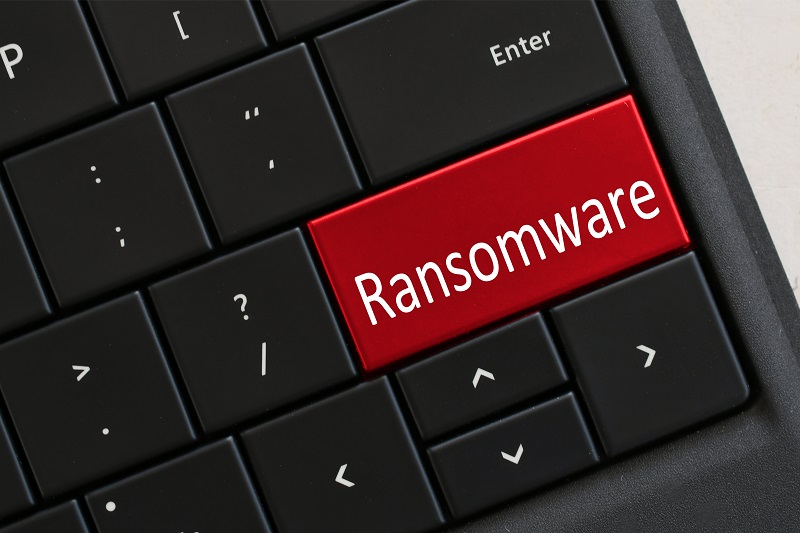
In a devastating ransomware attack incident, the University of Manchester suffered a ransomware attack that led to the exposure of sensitive data belonging to 1.1 million NHS patients from over 200 hospitals across the UK. This content brief covers the details of the attack, the response from the university, and the steps individuals and organizations can take to protect their data in such critical situations.
Contents
The Breach Details
The University of Manchester, known for its research excellence, had been collecting information on major trauma patients from all over the UK since 2012. This data, stored in a database, included NHS patient numbers and partial postcodes. During the cyber breach, an unknown actor gained access to approximately 250GB of this data, spanning over a decade’s worth of information.
Collaborating with Authorities
Following the breach, the University of Manchester took immediate action and collaborated with various authorities and regulatory bodies, such as the Information Commissioner’s Office, the National Cyber Security Centre (NCSC), and the National Crime Agency. Such partnerships are crucial in handling cyber incidents and mitigating the damage caused by data breaches.
Notification and Support
Upon confirming the cyber incident, the university took responsibility and notified all affected individuals promptly. They offered support and advice to help protect the exposed patients’ data from further misuse or exploitation. Timely notification and support are essential to minimize the potential harm caused by data breaches.
No Connection to MOVEit Hacking
The university clarified that this ransomware attack was not linked to the recent hacking of the MOVEit file transfer service, indicating that the breach had a distinct origin and execution. It highlights the need for robust cybersecurity measures in various aspects of an organization’s infrastructure.

How to Respond to a Data Breach
- Immediate Identification: In case of a data breach, swiftly identify the source and extent of the breach to assess the potential impact.
- Containment Measures: Isolate the affected systems to prevent further data loss or unauthorized access.
- Communication: Notify the appropriate authorities, regulatory bodies, and affected individuals about the breach to comply with legal obligations and seek support.
- Support and Guidance: Offer support and guidance to affected individuals on protecting their data and mitigating risks.
- Investigation: Conduct a thorough investigation to understand the root cause of the breach and identify vulnerabilities to prevent future attacks.
- Data Restoration and Recovery: Work towards restoring lost data and implementing robust backup and recovery solutions.
- Cybersecurity Measures: Strengthen cybersecurity practices, including encryption, multi-factor authentication, and employee training.
- Compliance: Ensure compliance with relevant data protection regulations and standards.
The ransomware attack on the University of Manchester that exposed the data of 1.1 million NHS patients is a wake-up call for organizations to prioritize cybersecurity and protect sensitive information. By learning from this incident, individuals and institutions can take proactive steps to secure their data, safeguard patient confidentiality, and minimize the risk of falling victim to such devastating cyber threats in the future.



